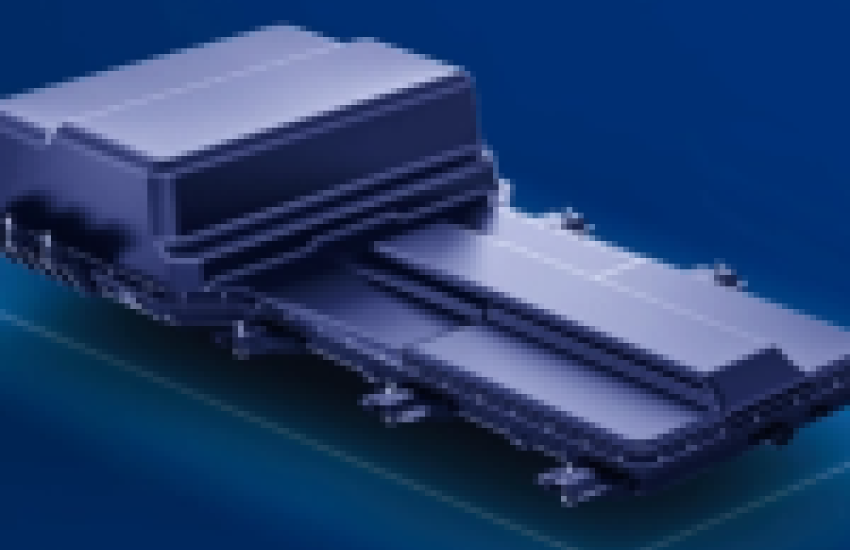lithium iron phosphate battery_What are the main components of the electrolyte of lithium iron phosphate battery?
What are the main components of the electrolyte of lithium iron phosphate battery?
The materials required for the manufacture of lithium iron phosphate batteries include positive electrode materials, negative electrode materials, electrolytes and separators.
In terms of electrolyte, China has become the largest producer and market of electrolyte in the world. The industry is showing an explosive growth trend, which makes the price of lithium hexafluorophosphate show a trend of rapid decline. Lithium iron phosphate battery refers to a lithium ion battery that uses lithium iron phosphate as the positive electrode material. The positive electrode materials of lithium-ion batteries mainly include lithium cobaltate, lithium manganate, lithium nickelate, ternary materials, lithium iron phosphate, etc.
Among them, lithium cobalt oxide is the positive electrode material used in most lithium-ion batteries. Lithium iron phosphate batteries currently on the market mainly use electrolytes such as lithium perchlorate, fluorine lithium salt, and lithium hexafluorophosphate. Batteries made of lithium perchlorate do not work well at low temperatures, and there is a danger of explosion.
Japan and the United States have banned their use. The battery made of fluorine-containing lithium salt has good performance, no danger of explosion, and strong applicability. Batteries made of lithium hexafluorophosphate, in addition to good battery performance, no explosion hazard, and strong applicability, the disposal of waste batteries in the future is relatively simple and environmentally friendly, so batteries made of lithium hexafluorophosphate have a broad market prospect.
What are the main components of the electrolyte of lithium iron phosphate batteries?
1. lithium iron phosphate battery Ethylene carbonate: Molecular formula: C3H4O3, transparent colorless liquid (>35°C), crystalline solid at room temperature, good solvent for polyacrylonitrile and polyvinyl chloride.
2. lithium iron phosphate battery Propylene carbonate, colorless and odorless, or light yellow transparent liquid, soluble in water and carbon tetrachloride, miscible with ether, acetone, benzene, etc. This product should be stored in a cool, ventilated and dry place, away from fire sources, and stored and transported according to the regulations of general low-toxic chemicals.
3. lithium iron phosphate battery Diethyl carbonate, colorless liquid with slight odor; vapor pressure 1.33kPa/23.8°C; flash point 25°C (combustible liquid can be volatilized into vapor and run into the air.
4. lithium iron phosphate battery Dimethyl carbonate is a non-toxic, environmentally friendly and widely used chemical raw material; it also has a high evaporation temperature and a fast evaporation speed.
5. lithium iron phosphate battery Ethyl methyl carbonate, a colorless and transparent liquid, is a high-tech, high-value-added chemical product that has emerged in recent years. It is an excellent solvent for the electrolyte of lithium-ion batteries. This product should be stored in a cool, ventilated, and dry place , stored and transported according to the regulations of flammable chemicals.
6. lithium iron phosphate battery Lithium hexafluorophosphate, white crystal or powder, has strong deliquescence; it decomposes when exposed to air or heated. When exposed to air or heated, lithium hexafluorophosphate decomposes rapidly due to the action of water vapor in the air, releasing PF5 and producing white smoke.
7. lithium iron phosphate battery Phosphorus pentafluoride is a phosphorus halide compound. Phosphorus pentafluoride is a colorless and malodorous gas at normal temperature and pressure, which is highly irritating to the skin, eyes and mucous membranes. Phosphorus pentafluoride is used as a catalyst for the polymerization reaction.
Hazards of lithium iron phosphate battery electrolyte
1. The most harmful to the human body in the electrolyte is the lithium salt, lithium hexafluorophosphate. This lithium salt is very overbearing. I heard that if the skin surface of the human body is corroded, it can be fatal.
2. The volatile smell of the electrolyte is very strong, which has a great impact on women's pregnancy.
3. In the case of electrolyte leakage, personnel in the leakage contaminated area should be quickly evacuated to a safe area, and isolated, and access is strictly restricted. Cut off the fire source. It is recommended that emergency personnel wear self-contained positive pressure breathing apparatus and fire protection clothing. Cut off the source of the leak as much as possible. Prevent entry into restricted spaces such as sewers and flood drains.
Small spill: Absorb with or other inert material. It can also be brushed with an emulsion made of a non-flammable dispersant, and the lotion is diluted and put into the wastewater system. Large amount of leakage: Construct dikes or dig pits for containment. Cover with foam to reduce vapor hazards. Use an explosion-proof pump to transfer to a tank truck or a special collector, recycle or transport to a waste disposal site for disposal. The selection and use of electrolyte materials for lithium iron phosphate battery determines the battery performance, and the development of new materials is very important to promote the development of battery technology.lithium iron phosphate battery electrolyte is an aspect that cannot be ignored. After all, the electrolyte, which accounts for 15% of the battery cost, does play a vital role in the energy density, power density, wide temperature application, cycle life, and safety performance of the lithium iron phosphate battery.




